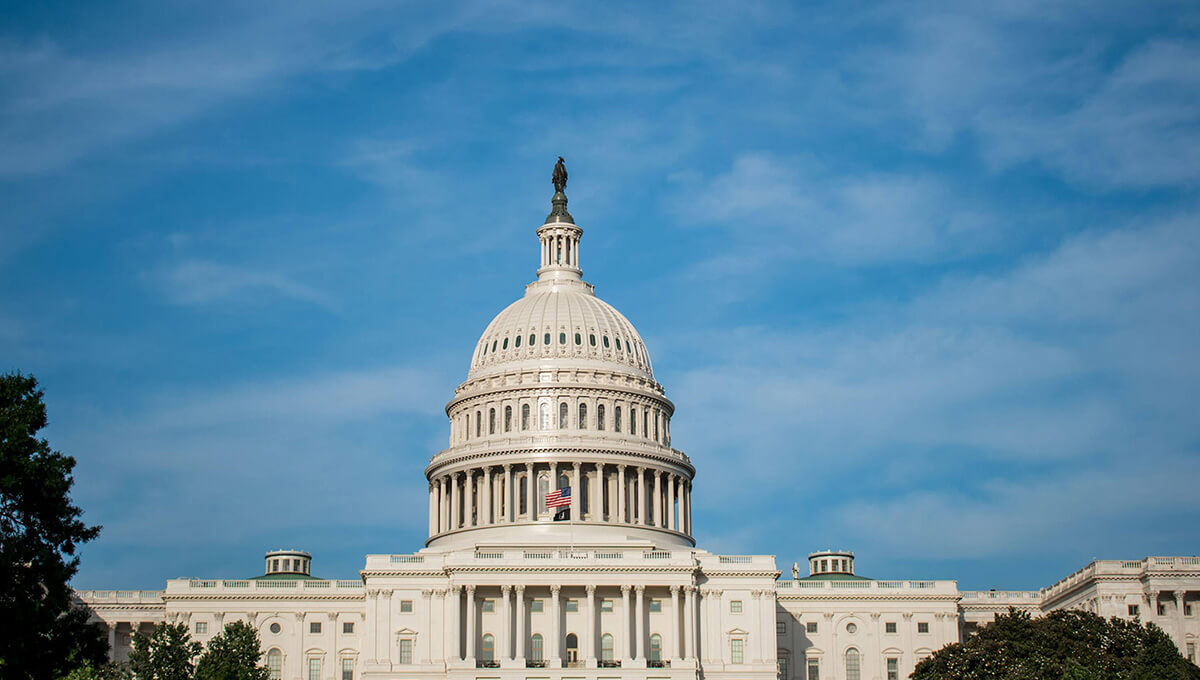Here’s a breakdown of the political spectrum and the ideologies associated with it:
1. Left-Wing Ideologies
Left-wing ideologies generally advocate for social equality, government intervention in the economy, and progressive social policies. Key beliefs include:
-
Socialism: Advocates for social ownership and democratic control of the means of production. Socialists seek to reduce income inequality and provide universal access to essential services like healthcare and education.
-
Communism: A more extreme form of socialism that aims for a classless society where all property is publicly owned. It seeks to eliminate capitalism entirely.
-
Progressivism: Focuses on social reform, advocating for policies that address issues like climate change, social justice, and economic inequality. Progressives often support government action to promote these goals.
-
Democratic Socialism: Combines political democracy with social ownership of significant sectors of the economy. Democratic socialists advocate for political reforms to achieve social justice within a democratic framework.
2. Center-Left Ideologies
Center-left ideologies typically support a mixed economy, balancing free market principles with social welfare programs. Key beliefs include:
-
Liberalism: Emphasizes individual rights, civil liberties, and social justice. Liberals advocate for government action to address social issues while supporting a capitalist economy.
-
Social Democracy: Advocates for political democracy alongside social justice, promoting policies that ensure economic security and welfare for all citizens while maintaining a capitalist economy.
3. Centrist Ideologies
Centrists, or moderates, often advocate for a balanced approach, incorporating ideas from both the left and right. Key beliefs include:
-
Moderate Liberalism: Supports progressive social policies while also valuing free market principles. Moderates often seek compromise and bipartisanship in politics.
-
Pragmatism: Focuses on practical solutions rather than ideological purity. Pragmatists prioritize effective governance and may adopt policies from various ideological perspectives based on their effectiveness.
4. Center-Right Ideologies
Center-right ideologies generally emphasize free market principles, limited government intervention, and individual responsibility. Key beliefs include:
-
Conservatism: Advocates for traditional values, limited government, and free markets. Conservatives often emphasize personal responsibility and the importance of maintaining social order.
-
Christian Democracy: A political ideology that combines conservative social values with a commitment to social welfare. It often emphasizes the role of faith in public life and seeks to balance individual rights with community responsibilities.
5. Right-Wing Ideologies
Right-wing ideologies often prioritize individualism, free markets, and limited government intervention. Key beliefs include:
-
Libertarianism: Advocates for minimal government intervention in both personal and economic matters. Libertarians emphasize individual freedom and personal responsibility, opposing most forms of taxation and regulation.
-
Fascism: An authoritarian and nationalistic ideology that seeks to create a centralized, dictatorial government. Fascism often emphasizes strong leadership, militarism, and the suppression of dissent.
6. Extremist Ideologies
At the far ends of the political spectrum, extremist ideologies can emerge, often characterized by radical beliefs and actions. Key beliefs include:
-
Anarchism: Advocates for the abolition of all forms of hierarchical authority, including the state. Anarchists seek a society based on voluntary cooperation and mutual aid.
-
Totalitarianism: A political system in which the state seeks to control all aspects of public and private life. Totalitarian regimes often suppress dissent and maintain power through propaganda and coercion.
Understanding the Spectrum
The political spectrum is not a rigid framework; it is fluid and can vary by country and culture. Additionally, individuals may hold beliefs that span multiple ideologies, making it essential to recognize the complexity of political beliefs.
Conclusion
Understanding the political spectrum helps to clarify the diverse ideologies and beliefs that shape political discourse and policy-making. By recognizing where different ideologies fall on the spectrum, individuals can better engage in political discussions, understand the motivations behind various policies, and navigate the complexities of contemporary politics.











